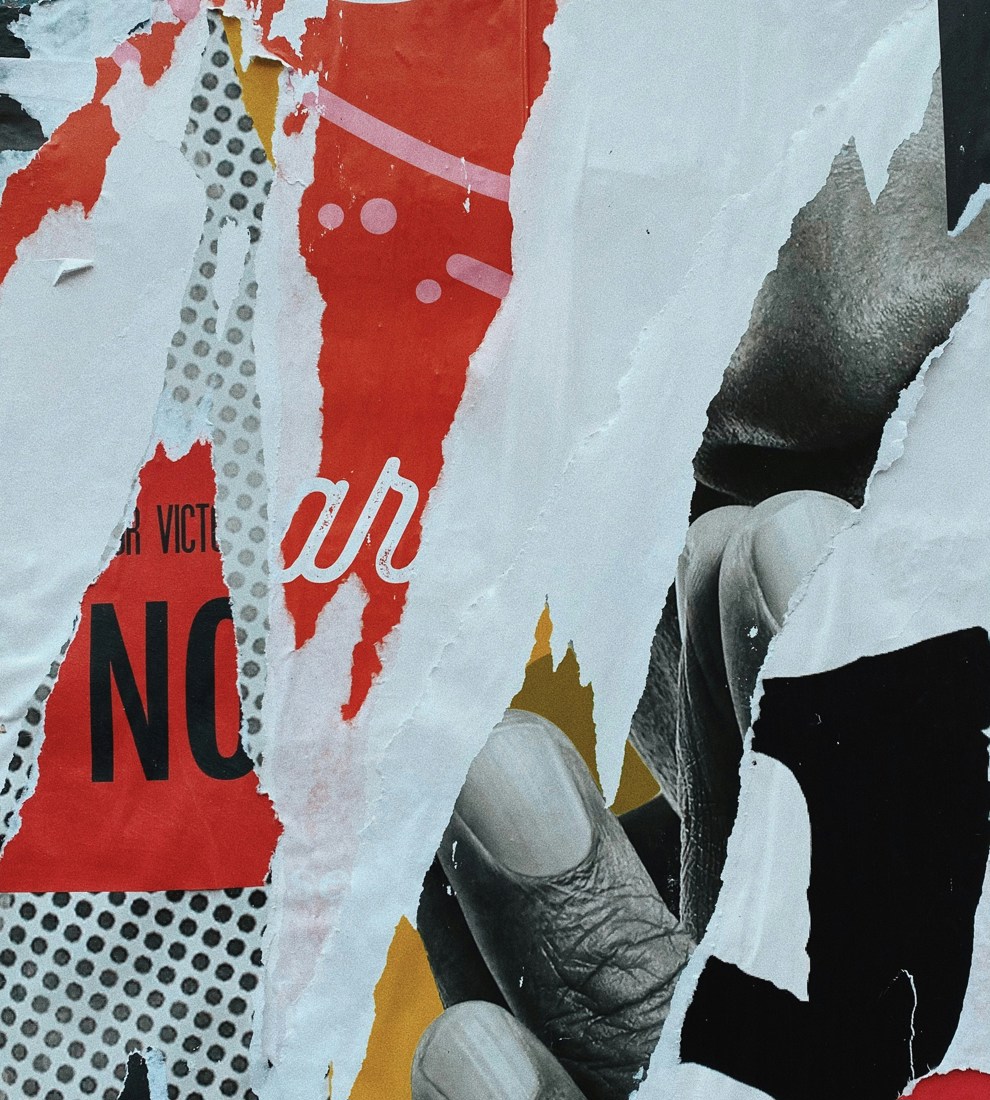What could ex-post competition assessment hold in store for sustainability initiatives?
Competition authorities across Europe are considering whether and how businesses could be encouraged to cooperate to achieve environmental sustainability goals within the boundaries of competition law, which in certain circumstances frowns upon collaborations between rival firms. To the extent that such encouragement is provided in future, messy practical challenges could be encountered in evaluating the anti-competitive effects of any sustainability initiatives that are deemed by the authorities to have strayed too far. Similar challenges could also arise in relation to cooperation agreements promoted during the Covid-19 crisis.
A significant amount of brainpower is being devoted to determining how competition policy could be harnessed to help achieve governments’ environmental sustainability goals (or at least not stand in their way). One concern underlying this exercise is that competition law as it currently stands, with the objective of preventing anti-competitive coordination between rival firms, may discourage businesses from implementing initiatives that are beneficial for the environment but cannot succeed without cooperation.
In order to contribute to the thinking in this area, competition authorities across Europe are considering how best to assess a spectrum of initiatives that may involve different balances between promoting sustainability and potential effects on competition. This spectrum can broadly be defined as follows.
- At one end lie initiatives with clear sustainability goals that are considered to be unlikely to restrict competition. These are likely to be waved through by competition authorities without much trouble.
- At the other end lie initiatives with no sustainability goals that are considered to be likely to restrict competition to a material degree, such as price-fixing cartels. The firms involved in this type of conduct might argue that it leads to collateral sustainability benefits – for example, that higher prices lead to lower sales, reduced production, and therefore less pollution. However, this line of defence is unlikely to cut any ice. Indeed, in some cases, competition authorities have taken the view that rival firms have colluded actively to hobble sustainability initiatives. For example, the European Commission recently issued a Statement of Objections in relation to car manufacturers’ alleged efforts to limit the development and roll-out of emission cleaning technology (see here).
- Between these two extremes lie intermediate initiatives with clear sustainability goals that may lead to restrictions of competition to some degree. In these cases, competition authorities may wish carefully to balance the economic benefits associated with achieving the sustainability goals against the economic costs of any associated restriction of competition (for more discussion of the challenges involved in this balancing exercise, see here).
In principle, and leaving to one side the wider debate as to the merits of incorporating sustainability considerations into competition law frameworks, this seems to be a sensible approach in that it seeks to provide firms with sufficient certainty as to how competition authorities are likely to view cooperation agreements. But what does it imply for the ex-post evaluation of sustainability initiatives by competition authorities and courts?
Groundhog day
History has thrown up examples of rival firms cooperating, apparently with the implicit encouragement of governments, and subsequently being investigated by competition authorities on the basis that the cooperation was deemed to have strayed too far. Such conduct could include sharing excessive amounts of information, or information in relation to parameters of competition that did not need to be shared to achieve the objectives of the cooperation initiative.
The framework described above remains the subject of debate, but to the extent that it is applied in future, then it is conceivable that there would be scope for history to repeat itself – in other words, cooperation agreements with sustainability objectives could be explicitly or implicitly sanctioned by the authorities, implemented by the relevant firms, and subsequently determined by competition authorities or courts to have involved cooperation that was not required to achieve the initial objectives.
This scenario may be most relevant for the intermediate initiatives described above. Given that these initiatives would tolerate, at least to a degree, restrictions of competition, there may be scope for them to extend beyond the realms of what was deemed necessary to provide sustainability benefits, and therefore to produce greater anti-competitive effects than initially envisaged.
From theory to practice
Making any ex-post determinations as to the over-reach (or otherwise) of intermediate agreements may require competition authorities and courts to grapple with messy practical issues. A couple of examples are set out below, although there may well be others.
Messy practical issue #1: understanding different types of conduct
In any competition authority investigation, understanding the precise scope of the relevant conduct can be a challenging task. This could prove to be particularly complex for intermediate cases, which would require two distinct types of conduct to be disentangled:
- non-infringing conduct: cooperation that is deemed to have been necessary in the name of sustainability, with some collateral damage in the form of restricted competition; and
- infringing conduct: cooperation that is not deemed to have been necessary in the name of sustainability, and which potentially restricts competition beyond the effects of the non-infringing conduct.
A starting point for understanding which actions fall into each of these categories could be to analyse the original justification for, and terms of, the cooperation initiative, on the presumption that any cooperation that was not originally specified should not have been necessary for the initiative to succeed. However, this approach would require the terms of the initiative to have been sufficiently detailed, such that the conduct can be compared with clearly and comprehensively defined boundaries as to acceptable and unacceptable conduct.
Messy practical issue #2: disentangling the effects of different types of conduct
Within the context of follow-on damages cases, assessing the anti-competitive effects of infringements of competition law commonly involves economic analysis to estimate the market outcomes (often prices) that would have prevailed in the absence of the infringing conduct or, in other words, the market outcomes ‘but for’ the infringing conduct. The difference between these but for market outcomes and those that actually occurred provides a means of estimating any loss that was incurred by consumers as a result of the infringement.
Most accepted methodologies for achieving this employ a comparator approach, whereby estimates of the but for market outcomes are generated based on those in comparable situations that were not subject to the infringing conduct. In many instances, a temporal comparator approach is selected as the preferred methodology, which involves comparing market outcomes during the infringement period with those before and/or after it.
Such an analysis could prove to be relatively complex for intermediate cases, given that they would involve both infringing and non-infringing conduct. Determining any loss to consumers as a result of the infringing conduct would require its effects to be separated from those of the non-infringing conduct. However, both types of conduct would occur at the same time, they could feasibly affect the same market outcomes, and they may also have the same directional effect on those market outcomes. For example, some forms of sustainability cooperation may be expected to lead to higher prices for consumers (such as by using more environmentally friendly, but also more costly, inputs), which is the same effect that is associated with typical forms of anti-competitive conduct.
This issue may make it more challenging to follow a temporal comparator approach in intermediate cases.
- Market outcomes in the period prior to the introduction of the sustainability initiative may not represent a sufficiently close but for scenario, given that neither the infringing nor non-infringing conduct would apply during this period. As a result, any temporal comparator approach using these market outcomes would capture the effects of both types of conduct, rather than solely the effects of the infringing conduct. To the extent that the infringing and non-infringing conduct tended to lead to worse market outcomes for consumers (such as higher prices), then any estimated loss to consumers as a result of the infringing conduct could be overstated.
- This may also be true of market outcomes in the period after the infringing conduct has come to light, unless the underlying sustainability initiative continued to operate in precisely the same way. Where, for example, the sustainability initiative as a whole is terminated once the infringing conduct becomes known, the same issues would apply as set out above.
Socially distanced smoke-filled rooms
In parallel to the sustainability debate, there has been much discussion as to whether and how to encourage cooperation between rival firms, within existing competition law frameworks, to maintain or increase the supply of certain products and services during the Covid crisis. There are similarities between the two issues, and the same messy practical questions could arise if there are intermediate cooperation agreements to address Covid-related challenges. Indeed, they could prove to be even more complex. For example:
- because the pandemic called for urgent action, the original terms of Covid-related cooperation initiatives may be less well specified than in the case for sustainability-led agreements, such that it is more difficult to compare the relevant conduct with clearly and comprehensively defined boundaries of what was initially determined to be acceptable; and
- the unprecedented nature of the Covid crisis could make it harder to adopt a temporal comparator approach, and therefore to assess the effects of Covid-related cooperation initiatives on competition, to the extent that the existence of the crisis reduces the comparability of the infringement period and the periods before and/or after it (for more discussion of this issue, see here).
Conclusion
The ongoing discussion around how competition law could be harnessed to facilitate cooperation initiatives with sustainability objectives is an important one. Much of this debate has focused on setting expectations for firms as to the boundaries of cooperation that are likely to be acceptable to competition authorities. However, if any sustainability cooperation initiatives – or, by the same token, Covid-related cooperation agreements – stray beyond the boundaries that are set by the authorities, then messy practical challenges may await in assessing their effects.








